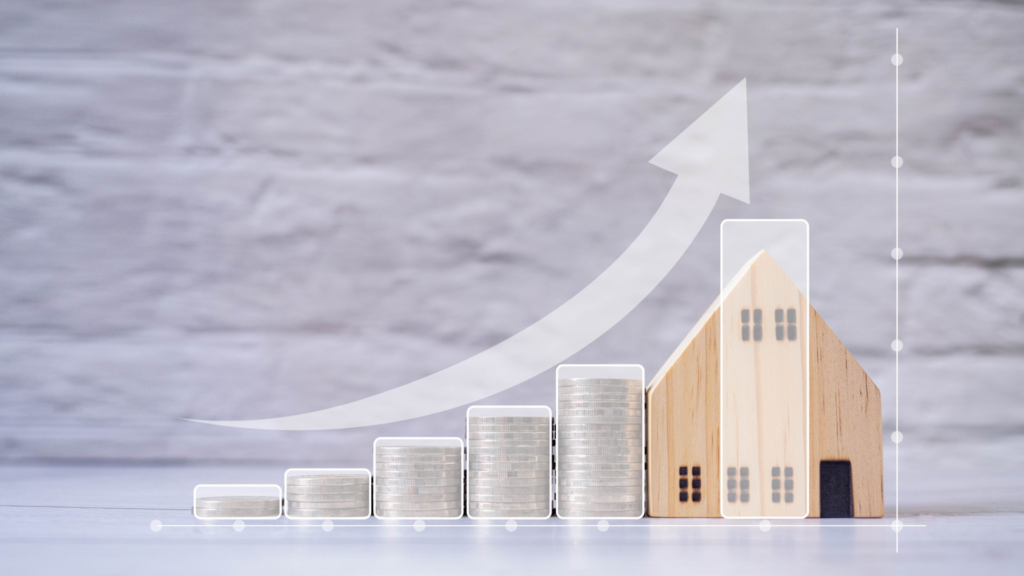You’ve found yourself with extra cash at the end of your mortgage month. Maybe the interest rate dropped, or you’ve been a savvy money mogul who made higher repayments. The question is, what’s the smartest way to use the extra cash?
Without question, throwing your extra dollars into your mortgage is a powerful financial strategy for a wealthier – and more debt-free – future. If you can concentrate your efforts in the early years, you’ll drastically reduce the amount of interest you’ll pay across the life of the loan, saving you tens of thousands of dollars.
Every dollar in your arsenal is powerful, so let’s look at how to use your extra money for the most impact.
- Use your offset account even more strategically
Offset accounts are the simplest and most potent way to maximise your savings and income. An offset account acts like a normal withdrawal account, except that it’s attached to your mortgage, and its contents act as a repayment on your loan. For example, if you had a loan of $340,000, and $65,000 everyday savings in your offset account, you’re paying interest on just $275,000 of your loan.
The interest savings can run into hundreds of thousands, and cut many years off your loan term. Essentially, having your extra savings in an offset account is the equivalent of making an extra repayment, but with more flexibility, as you’ll see in the next point.
- What could you do with the extra savings accumulating in your offset account?
- Save it to use as a deposit for an investment property
- Use it as a lump sum payment on your mortgage to increase equity when you’re ready to buy an investment property, and boost your borrowing power
Having a positively geared investment property in your portfolio allows you to throw the residual income into your mortgage (via your offset account), while simultaneously paying down your investment loan.
A diverse portfolio of assets and investments is crucial to financial security during retirement. Investment properties are a time-proven method for providing steady residual income, and an asset to sell down to release cash for other investments, or upgrading your home or lifestyle.
- Analyse your home loan to see if the extra money can save you money
An annual health check on your home loan is vital, but if you’ve got buffer in your mortgage repayments, it’s worth digging a little deeper.
Does the lender charge hefty fees for paying down your mortgage faster? Are there annual fees included in the loan amount, which means you’re paying interest on your fees for 25 years? You might be in a better position to pay fees upfront and save yourself the cumulating interest.
You can switch lenders for better rates and fees, but you can also look at leveraging your finances to get a shorter loan term with less principal and higher repayments. You’ll pay less interest in the long run, but it’s a good idea to make sure you’re not locking yourself into unsustainable repayments. If you’ve been on an interest-only loan, it might make better sense to switch to principal and interest at this point.

- Make fortnightly repayments
It seems trivial, but in fact, switching to fortnightly instead of monthly repayments can be an effective cash-saver long term.
There are 12 months in the year, but 26 fortnights. If you’re paying monthly, $2,200 in mortgage repayment adds up to $26,400 per year. But with fortnightly payments, you’d be paying $1,100 per fortnight, which is $28,600. The extra $2,200 per year, over a 30 year loan, can take around five years off your term, not to mention tens of thousands of dollars.
If your lender allows you to switch to fortnightly repayments, make sure you calculate how much you want to repay rather than leaving it up to the lender. They might adjust your repayments so you still pay the full amount of interest across the term of the loan, rather than allowing you to pay down earlier.
- Pay down higher interest debt faster
Mortgages are typically charged at far lower interest rates than any other loan type. Other debts – personal loans, credit cards and car loans, for example – can run interest rates up to or even higher than 20%.
Instead, you can use your mortgage savings to pay down your high interest debts quickly. You’ll save on interest each month (thousands of dollars in interest across the term of the loan). Even a $10,000 personal loan at 13% interest will cost you $3,650 extra over five years! Imagine those extra dollars flowing onto your mortgage via your offset account because you paid down your personal debts.
As a side note, you can also look at consolidating your small loans into your low-interest mortgage, but be aware that consolidating means you’ll be paying long-term interest on short-term loans. For example, you’d be paying interest for 30 years on your $10,000 personal loan if you were to absorb it into your home mortgage. The decision will depend on the size and term of the loan, your financial buffer, and whether it makes better sense to knock it down quickly and free up more cash, or absorb it and pay it down slowly.












